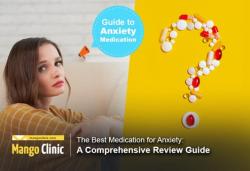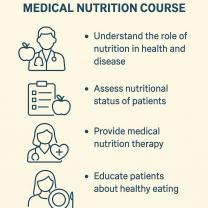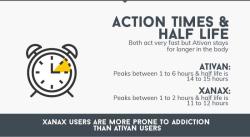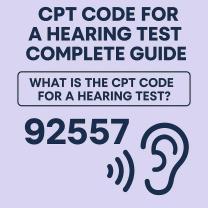What is the survival rate for a severe stroke?
The survival rate for a severe stroke can vary widely depending on several factors, including the type of stroke (ischemic or hemorrhagic), the specific brain areas affected, the promptness of medical treatment, and the overall health of the individual. It's important to note that severe strokes are associated with a higher risk of disability and mortality compared to milder strokes. Here are some general points to consider regarding survival rates for severe strokes:
1. Type of Stroke:
- Ischemic Stroke: The survival rate for severe ischemic strokes may be relatively higher compared to severe hemorrhagic strokes, primarily because ischemic strokes are more common and treatments such as thrombolytic therapy (tissue plasminogen activator or tPA) or mechanical thrombectomy can be effective in some cases.
- Hemorrhagic Stroke: Severe hemorrhagic strokes, particularly those with large intracerebral hemorrhages, can be associated with higher mortality rates. The bleeding in the brain can lead to increased intracranial pressure and significant neurological deficits.
2. Prompt Medical Treatment: The timing of medical treatment is critical in stroke cases. The sooner a person with a severe stroke receives appropriate medical care, the better their chances of survival and minimizing disability. Early intervention can help control bleeding (in hemorrhagic strokes) or restore blood flow (in ischemic strokes).
3. Location and Extent of Brain Damage: The area of the brain affected by the stroke and the extent of brain damage play a crucial role in determining outcomes. Severe strokes that affect vital brain regions responsible for critical functions like breathing and consciousness are associated with higher mortality rates.
4. Age and Overall Health: An individual's age and overall health can significantly impact their ability to recover from a severe stroke. Younger and healthier individuals may have a better chance of survival and functional recovery.
5. Rehabilitation: Rehabilitation services, including physical therapy, occupational therapy, and speech therapy, can improve outcomes and quality of life for survivors of severe strokes. Access to comprehensive rehabilitation programs is essential for recovery.
It's important to recognize that survival rates are general estimates and cannot predict outcomes for specific individuals. Each stroke case is unique, and many factors contribute to the final outcome. Family members and caregivers should work closely with healthcare professionals to make informed decisions about treatment options and care plans tailored to the individual's needs.
The best approach to stroke is prevention through risk factor management, including controlling high blood pressure, managing diabetes, maintaining a healthy diet and lifestyle, and seeking timely medical attention for any warning signs of stroke, such as sudden numbness, weakness, or difficulty speaking.













